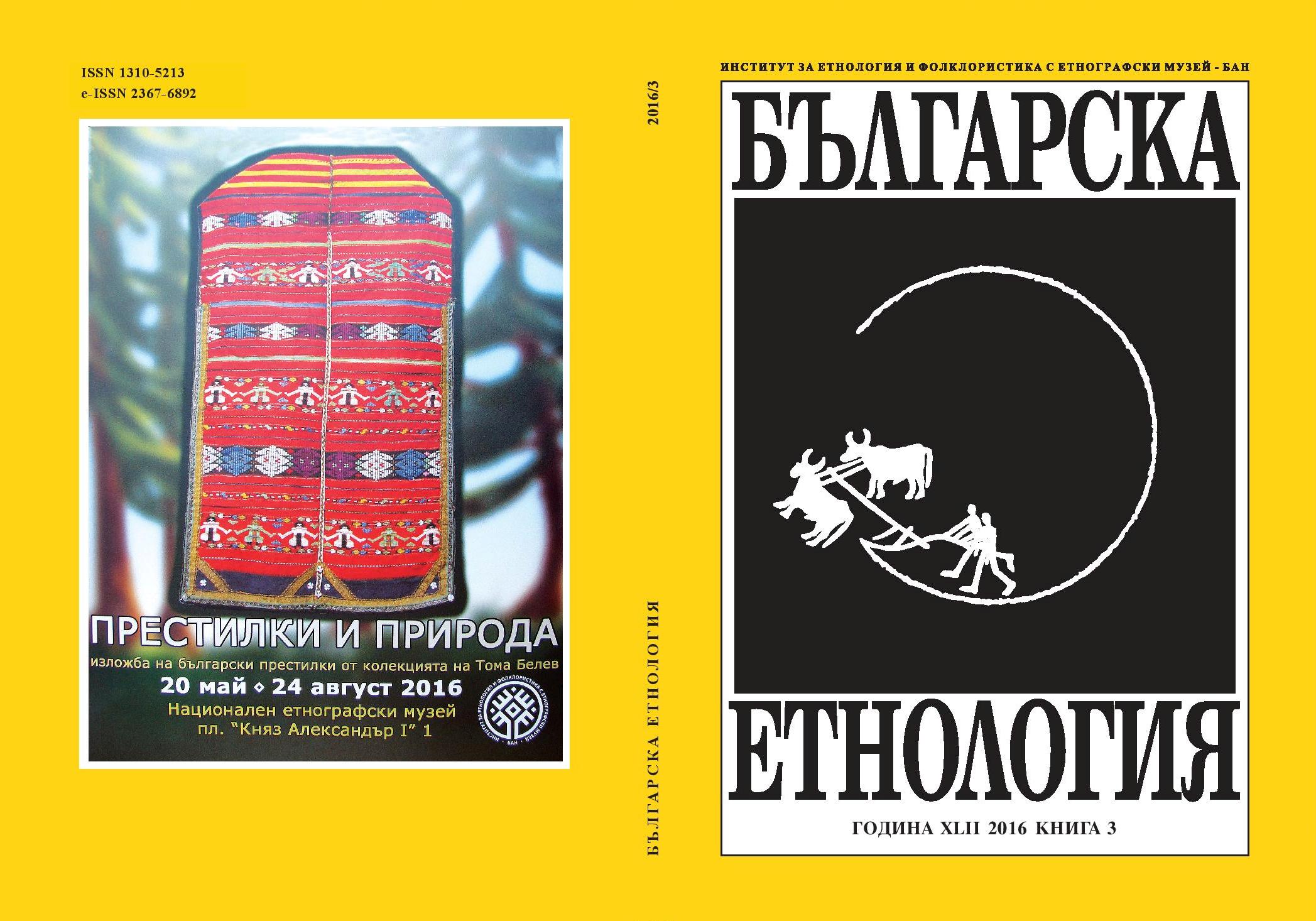
We kindly inform you that, as long as the subject affiliation of our 300.000+ articles is in progress, you might get unsufficient or no results on your third level or second level search. In this case, please broaden your search criteria.

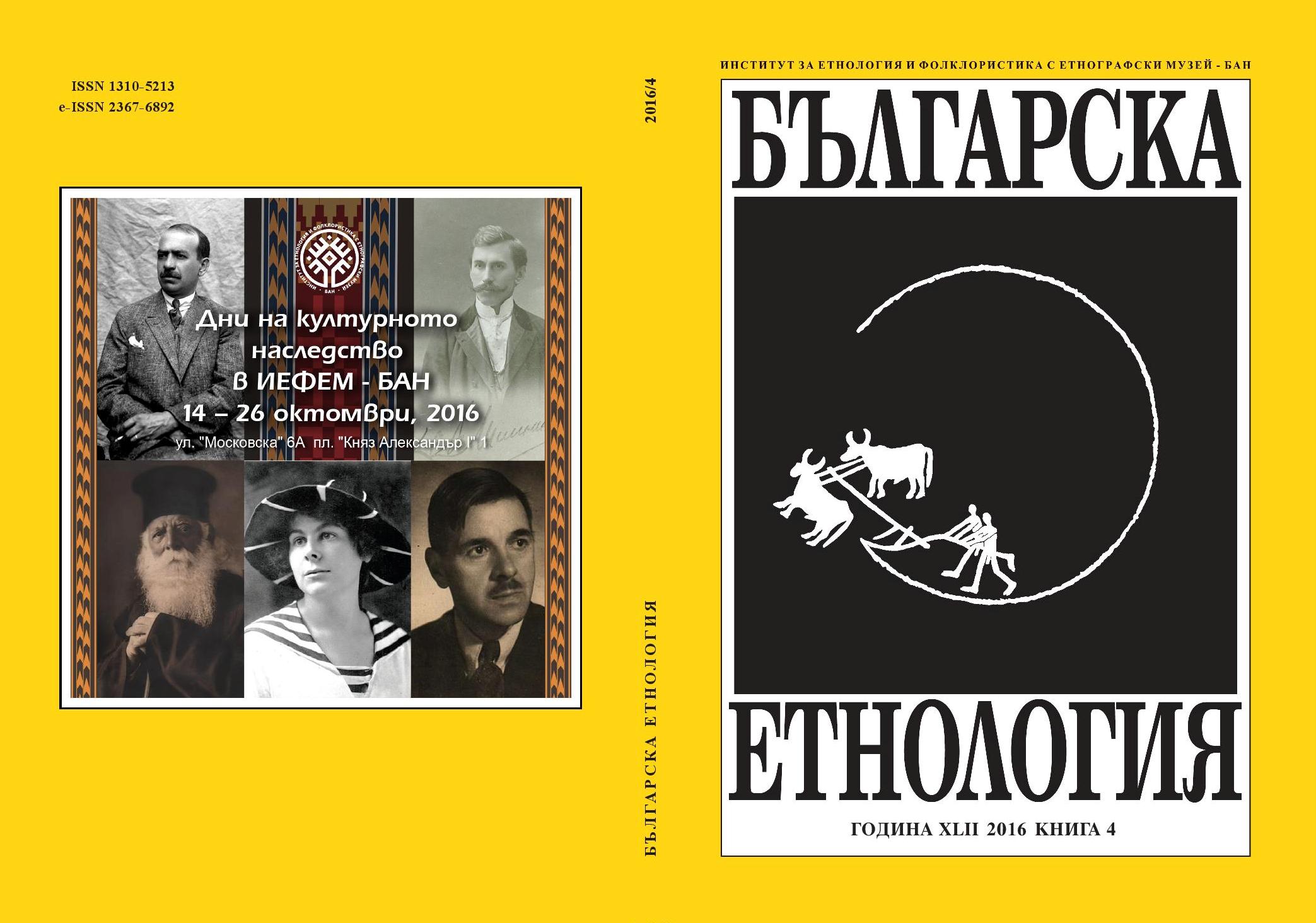
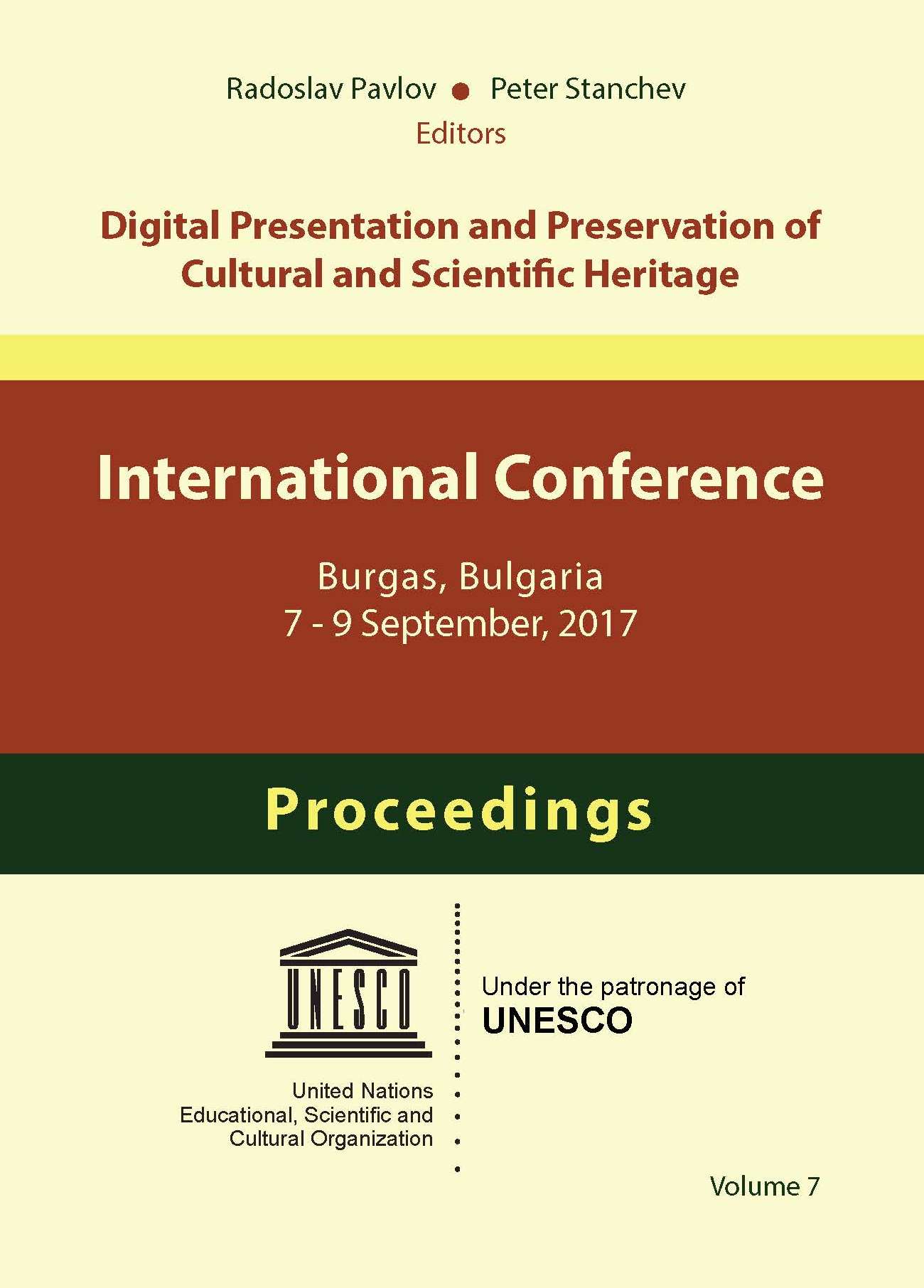
3D digitization is becoming the norm in the preservation of tangible cultural properties be it movable or immovable. In the case of mobile cultural objects, 3D models are normally acquired through non-destructive methods such as photogrammetry or 3D scanning using structured light or laser. The continuing improvements in scanning equipment which result in higher accuracy and resolution can be translated to mean higher level of 3D data acquired. At times, the quantity of 3D data of a single model can get too large and beyond what a normal work-station can process. This is where optimization comes in. However, the level of optimization will vary to suit the final purpose or usage of the 3D model. During optimization, the resulting optimized 3D model is bound to suffer from some level of data loss when compared to the original 3D model acquired directly from laser scanning. This paper discusses a practical method devised by Amber Digital Solutions in maintaining a high level of accuracy of the final optimized model for national archival purposes which requires the highest form of quality.
More...
The present study examines the interactivity, categories and levels of interactivity and its various forms in the digital environment. The issue of the characteristics of interactive learning communication has been investigated. The study outlines the specificities of ensuring the integration and interactive representation of cultural heritage artifacts in the North+ region. The problems of people with visual difficulties in accessing interactive systems and digital cultural heritage are being addressed.
More...
The absence of adequate training is one of the main problems for museum specialists in the process of digitalization of tangible and intangible cultural heritage. The first part of the paper presents the main results of a survey related to the topic among the staff of Regional historical museum Burgas. The second half discuss-es the paradigm of Massive open online courses (MOOC) as one innovative and flexible solution for continuing vocational education and training. Presented are the results of a large scale research conducted in the framework of BizMOOC project regarding the usage of MOOCs for corporate training in European organizations including cultural institutions such as museums, libraries, archives etc.
More...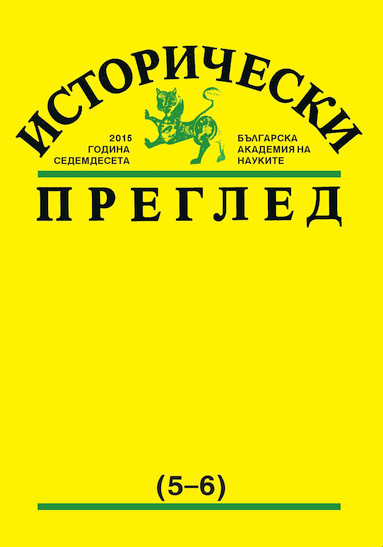
Aleksei Egorovich Viktorov deserves an honourable position in the circle of Russian bibliographers, archaeologists and Slavists in the second half of the 19th century. Like many of his contemporaries and colleagues of that time, called the “idealists of the 1840s”, he was alien to political passions and chose a field that satisfied his intellectual needs and civic feelings - reaching impressive success he gained authority in the scientific community as an archaeographer, a researcher and a connoisseur of the ancient-Russian written monuments. This article focuses on the activities of A. E. Viktorov in the manuscript department of the Moscow Public Museum and The Rumyantsevski Museum.
More...
The first information day on innovation ecosystems of digital cultural assets will present current results of the research project Concepts and Models for Innovation Ecosystems of Digital Cultural Assets. The project aims at the search for and creation of new scientific knowledge and the achievement of fundamental results in the areas of big data, massive data mining, data management, data processing, data analytics, data visualization, etc. in the digital cultural heritage domain.
More...
In technology-enhanced education, the “serious games” method is accepted as a research, pedagogic, and evaluative tool. The method helps instructors to motivate student learning, curiosity, creative and logical thought, as well as develop a variety of skills and competencies. Serious educational games aim to cultivate better comprehension strategies, creative thinking, learning-by-doing (production, authorship), and students’ engagement in their own cognition and learning processes. The first information day will present the scholarly and scholarly-practical outcomes of the Serious Education Games as Contemporary Tools for New Educational Applications project, Contract DSD-2/05.04.2017, between the Bulgarian Academy of Sciences and the Institute of Mathematics and Informatics, activity Introduction of Contemporary Methods in Educating and Fostering Young Talent (PMC №347).
More...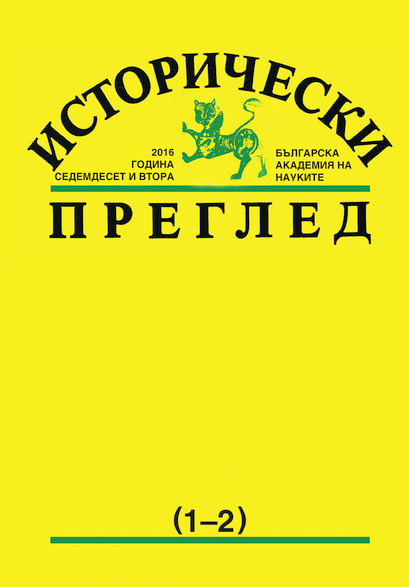
Usually we search for the relation between the archives and the access to the archival information and historical research. The article changes the perspective analyzing the opposite effect – the historical guild and history production on archival practice. Underlying this attitude is the functioning of the memory modes giving rise to the nature of historical research and their requirements for programs and practice of archival institutions. In the new and modern Bulgarian history there are periods of intensive construction and re-composition of the value matrix. With its help and around it the historical picture of the past is built. This includes “secondary” historical documentation – a phenomenon which seeks to compensate for the characteristic deficits. One of the target periods is related with the processes of nation-building in the decades before and after the establishment of the modern Bulgarian state. The creation and the maintenance of archival centers in Bulgaria bears the burden of modern national construction, including writing an official history. After World War II the public system in Bulgaria authorizes the history with important functions governing the society. Created in the early 50s of the XX century system of the state archives must meet the needs of repeatedly increased (and increasing) bureaucracy, but also – the special treatment of the new power to history and historical knowledge. The state archives commit more tangibly with the academic and the ideological institutions dealing with the interpretation of the past. Largely this attitude determines the policy of acquiring documents and, of course, providing access to archival information. In these conditions, historical studies are becoming an important factor for the development of the archival system and practice in Bulgaria.
More...
The study aims to highlight the way in which the development of Bulgarian economic history is presented in periodicals. The periodic edition of “Mini Pernik” as a source for economic historiography is considered as a concrete example. At the same time, by studying the specialized literature on the topic, the author recreates the history of mining in the region.
More...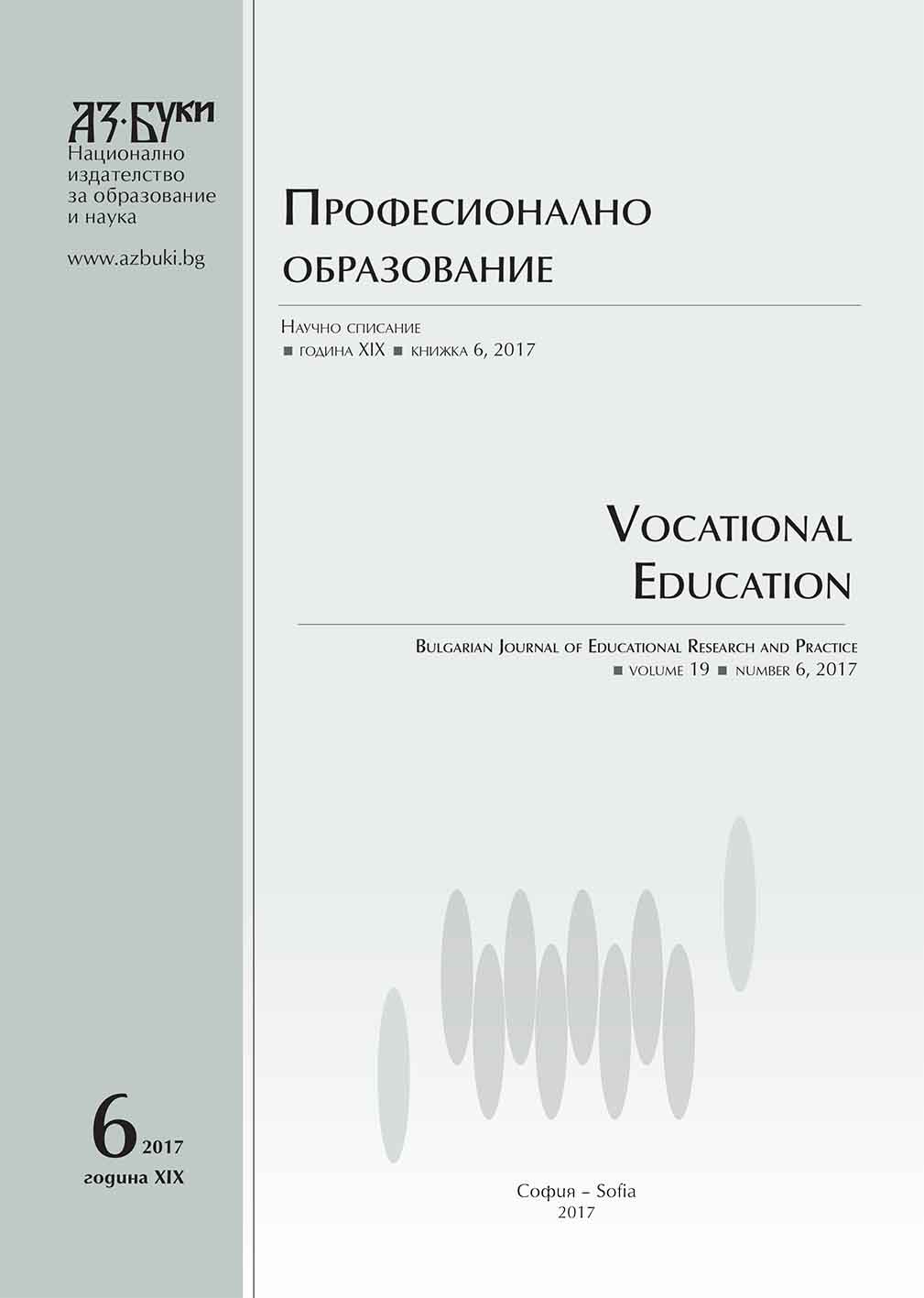
This paper discusses issues of information security and protection technologies in IP networks and studies existing threats to them.
More...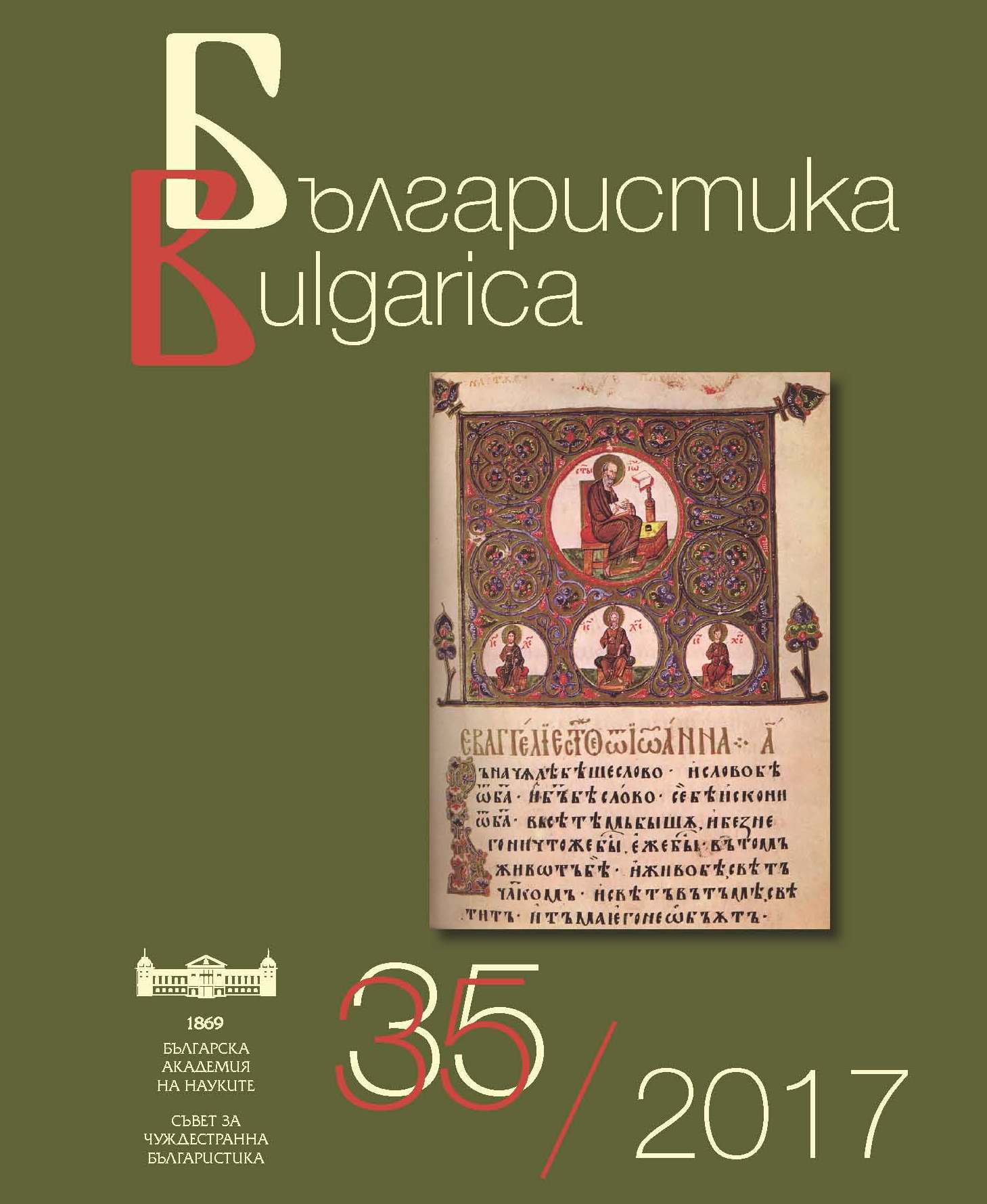
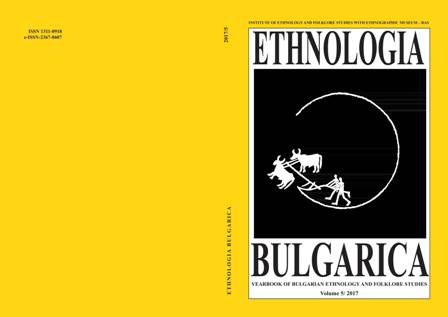
This text describes and problematizes examples of Bulgarian and foreign museums focusing on mechanisms of social involvement. Examples are united by an anthropological discourse which gives Bulgarian ethnographic museums an opportunity to expand the thematic issues of their exhibits and activities. Alternative ways to develop and use the museum as an instrument for social criticism are part of the quest of today’s ethnographic museums. At the same time, the author makes his bias towards the Ecomuseum format clear in the search for an ethnographic reading, showing that the establishment of these museums creates a connection between local communities and the museum, which makes it possible to share local identity with various audiences.
More...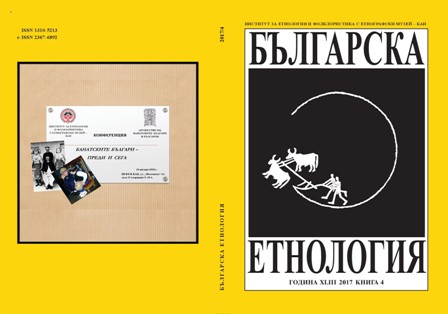

The article examines notated musical folklore collections with records from the first four decades of the 20th century kept in the Ethnographic Archive of the Institute of Ethnology and Folklore Studies with Ethnographic Museum at the BAS. The archival musical folklore collections are a documentary testimony of a folklore repertoire which existed in a certain period of time as well as of the development of the process of documentation of folklore musical materials. Two archival documents, the only ones in the musical biographies of the people who recorded them, Neno Dimov and Tsanko Tsankov, are presented and analyzed.The first document is a valuable description of the richness of the folklore repertoire of urban/rural musical environment and represents a stage of the development of the musical and folklore research and analytical work of the time. The identification of the author of the second archival collection reveals a remarkable figure of the Bulgarian musical past together with the precise and critical reading of the musical theoretician and composer Dobri Hristov in his hand-written review.The significance of this documentary material refers to the broad context of the cultural musical history and the rationalization of the processes in the development of the musical folklore studies.
More...
In the centre of this study is an album kept in the archive of the Institute of Ethnology and Folklore Studies with Ethnographic Museum – BAS. Its inventory number is 3618. The album contains eighty family photographs. The aim of the research is to reconstruct a family history by studying the memory of a Bulgarian kin in the period between 1870 and the 1930s. The fashion tendencies in clothing which stand out,the hair-styles and the studio accessories used for the photographs give information about the type of communication between relatives and friends. By summarizing the results of the analysis, the article attempts to define the social status of the individuals photographed. The aspiration of the author is by means of the photographs to look for and mark the changes which occurred in the family in the concrete period. The topic is examined in two aspects: technical – the technology of making studio and reportage photographs in this period (the paper, the photographic processes etc.); and ethnological – as a family history in certain space, time, family relations etc. Because of the limited size of the article, the emphasis is laid on the ethnographic aspect of the topic.
More...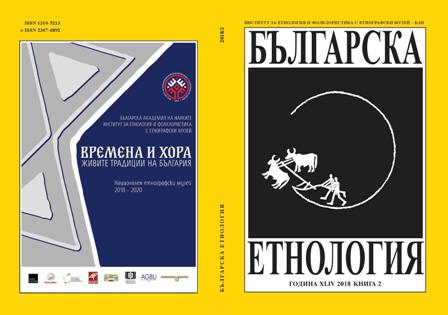


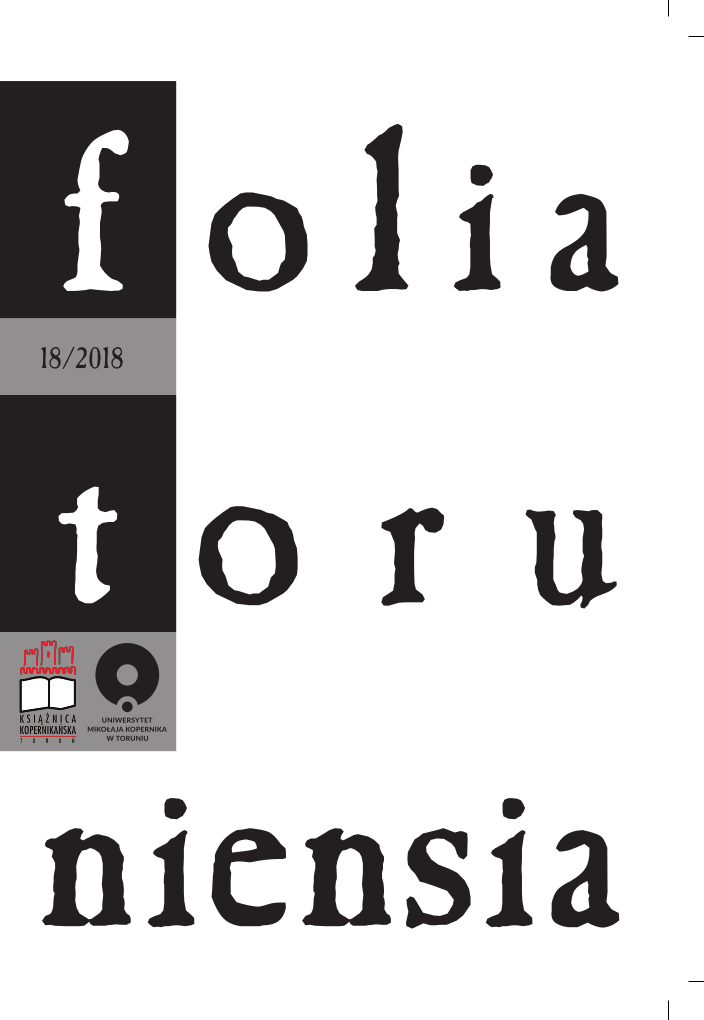
Aim: The aim of the text is a brief presentation of the conference that took place on March 15-16, 2018. At that time, the 3rd National Scientific Conference entitled: “Man – Information. Book. Media “ took place at the Collegium Humanisticum of Nicolaus Copernicus University in Toruń (hereinafter: UMK) Its organizer was the PhD Student Scientific Circle ePRINT, operating at the Institute of Information Science and Bibliology of Nicolaus Copernicus University. Research method: The author participated in the symposium sessions, listening to all speeches, additionally asking questions during the discussion. Results/Conclusions: The conference is a great initiative for young scientists, who thanks to it can test their skills in this type of activity; it was the fourth edition of this congress. Unfortunately, the overall positive impression was spoilt by a few speeches of low quality that should not have been allowed to be delivered.
More...